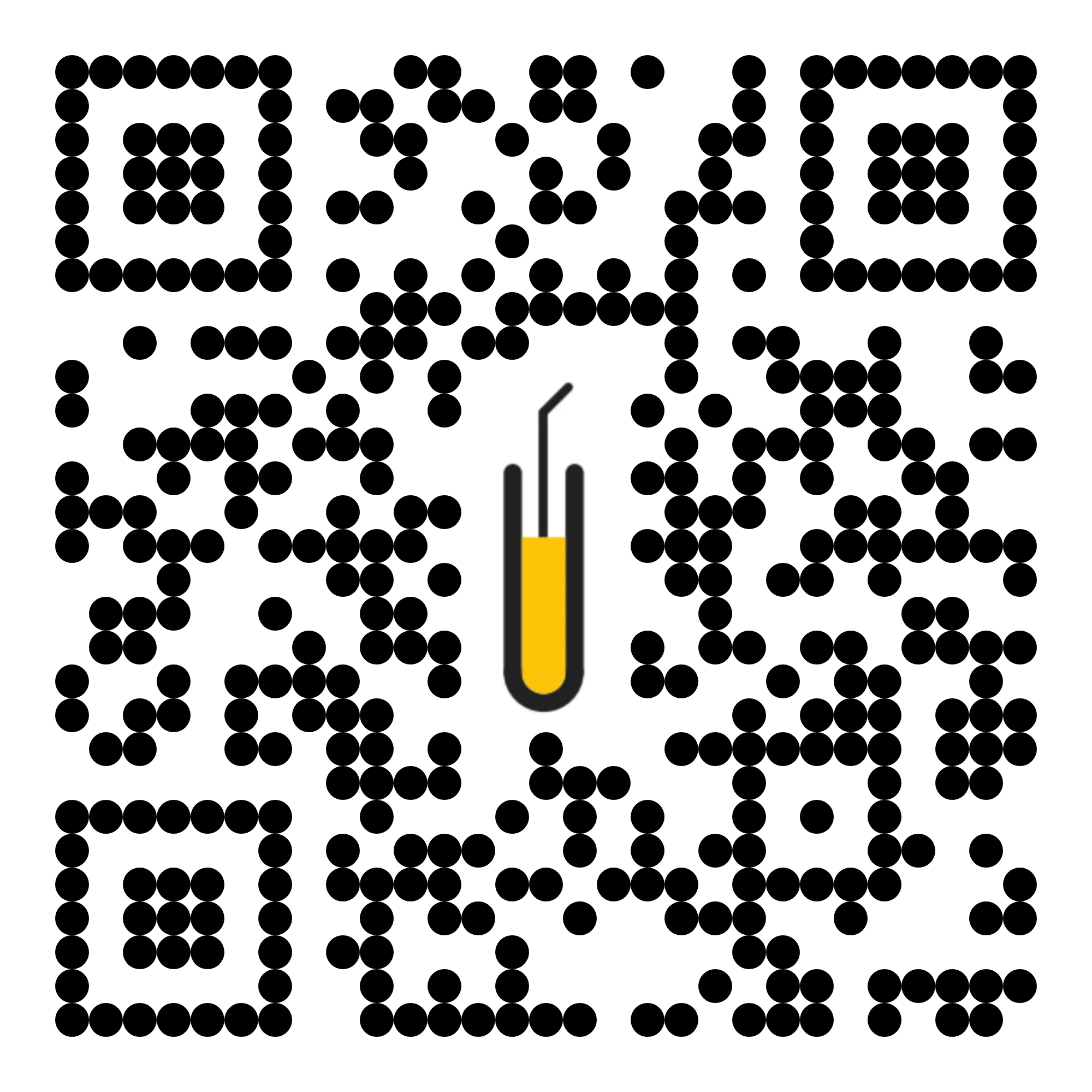Allergic rhinitis (AR) remains a common but often underrecognised condition in Australian primary care1. Here’s what global experts shared at the 2025 FIP World Congress about how it should be managed.
With a prevalence of 23.9% in Australia,2 AR – commonly known as hay fever– significantly impacts patients’ quality of life, productivity, and often coexists with conditions such as asthma.3
The condition, is caused by the nose and/or eyes coming into contact with allergens in the environment – such as pollens, dust mites, moulds and animal dander.2 When left untreated, AR can lead to complications including sleep disturbance, daytime tiredness, headaches, poor concentration, and recurrent ear or sinus infections.4
The role of pharmacists in AR management
Australian pharmacists play an increasingly vital role in the management of AR, supporting diagnostic differentiation, therapy optimisation and patient education in community settings.
Pharmacists can provide key interventions – including accurate symptom assessment, medicines recommendations and ongoing support for self-management.
Global updates: FIP 2025
At the 2025 FIP World Congress in Copenhagen, experts shared the latest evidence on AR management, highlighting innovations that can transform patient care. A key topic was the concept of antihistamines with 0% brain interference, such as fexofenadine. This antihistamine provides effective symptom relief without sedation, ensuring patients maintain cognitive performance and safety – critical for those operating machinery or driving.5
FIP PresidentPaul Sinclair AM MPS, emphasised that pharmacists are uniquely positioned to lead AR management.
‘We know that people affected by AR can have their quality of life impacted quite dramatically, so it is important to intervene and recommend appropriate medication, which will relieve the symptoms and minimise the impact on somebody’s quality of life, so they can maintain all the things they need to do on a daily basis,’ he said
Watch on demand: 3rd Global Allergy Connect Meeting
Pharmacists in Australia can enhance their expertise in AR by accessing on-demand resources and lectures from the 2025 FIP World Congress. After registering with their professional details, pharmacists can view content from the 3rd Global Allergy Connect Meeting, where experts from the United Kingdom, Spain, and France discuss AR, antihistamines with 0% brain interference (such as fexofenadine), clinical evidence, and strategies for managing AR in community pharmacy settings.
For access:
- visit the event platform: FIP World Congress September 2025
- register with your professional details and gain access to a library of on-demand lectures.
- watch sessions featuring Mr Sinclair and leading AR specialists, available for 6 months post-event.
Key symposia topics include:
- evidence updates on the use of non-sedating antihistamines in community settings
- combining pharmacologic and non-pharmacologic interventions for persistent AR
- patient-centred approaches, including tailoring treatment to symptoms and exposure profiles
- case studies demonstrating advanced AR management in pharmacy practice.
Take-home message from FIP experts:
- ‘For Community Pharmacists to effectively help patients with AR, we need to offer evidence backed effective and acceptable therapeutic formulations’ – Ade Williams, Bedminster Pharmacy in Bristol Superintendent Pharmacist.
- ‘Not all second-generation antihistamines are free from sedative effects, making it important to choose those that do not impair cognitive function’ – Ignacio J. Ansotegui, Hospital Quironsalud Bizkaia, Bilbao, Head of Department of Allergy and Immunology.
- ‘Fexofenadine is a non- sedating, second-generation antihistamine that selectively inhibits peripheral H1-receptors and does not penetrate the blood-brain barrier, therefore does not cause impairment of cognitive and psychomotor function, as demonstrated in 85 subjective and objective tests included in the different controlled clinical studies’ – Ignacio J. Ansotegui, Hospital Quironsalud Bizkaia, Bilbao, Head of Department of Allergy and Immunology.
To stay connected and updated with the latest happenings in the world of allergy, scan the QR code to start your JUIce of SCIence journey.
 References
References
- Gunda D, Mustafa J, Agar N, Goss P. Approach to allergic rhinitis in the primary care setting. Australian Journal of General Practice. 2024;53(Suppl 11):S147–S154. doi:10.31128/AJGP-07-23-6890.
- ASCIA. Allergic Rhinitis Clinical Update. ASCIA, 2024. Available at: ASCIA_HP_Clinical_Update_Allergic_Rhinitis_2024.pdf (accessed Nov 2025)
- Bousquet J, van Cauwenberge P, Khaltaev N. Allergic Rhinitis and Its Impact on Asthma (ARIA). Journal of Allergy and Clinical Immunology. 2001;108(5 Suppl):S147–S334.
- Australasian society of clinical immunology and allergology. Allergic Rhinitis (Hay Fever) – Fast Facts. Available at: Allergic Rhinitis (Hay Fever ) – Australasian Society of Clinical Immunology and Allergy (ASCIA) (accessed Nov 2025)
- Ansotegui et al. (2024). Why fexofenadine is considered as a truly non-sedating antihistamine with no brain penetration: a systematic review. Curr Med Res Opin, 40(8), 1297-1309.
- FIP 2025. The 3rd Global Allergy Connect (GAC) Meeting. Antihistamines with 0% brain interference, from the science to practical management. Available at: FIP World Congress September 2025 (assessed Nov 2025)
MAT-AU-2502471 – 1.0 – Nov 2025





 Dr Phoebe Holdenson Kimura[/caption]
Dr Phoebe Holdenson Kimura[/caption]
 High-quality medicines reconciliation should ideally occur in the emergency department or soon after admission to the ward.
High-quality medicines reconciliation should ideally occur in the emergency department or soon after admission to the ward.
 AP
AP








